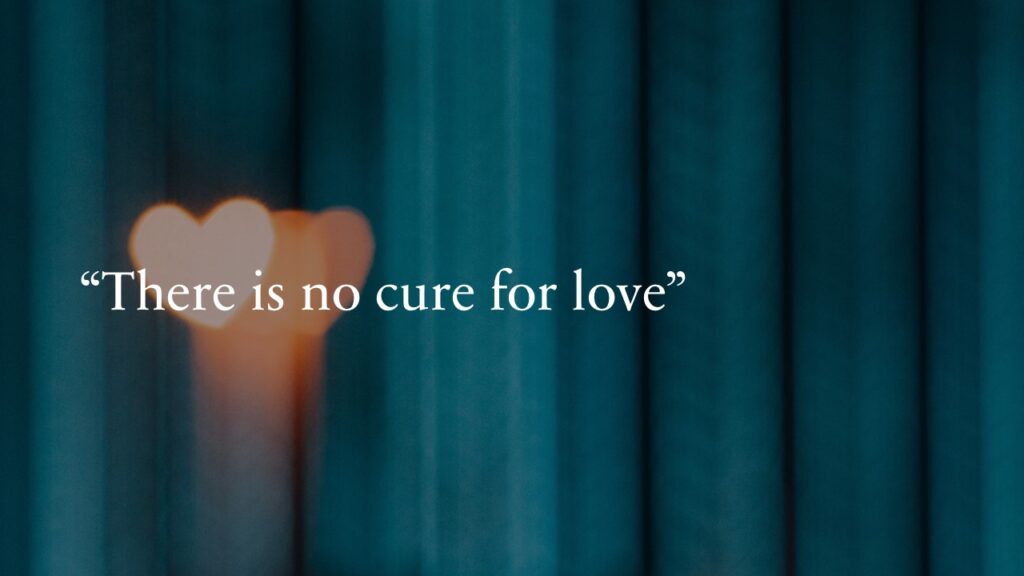This article describes the Japanese dating culture. It is evident in the cultural practices of “tsukiau” relationships between men and women. These are some kinds of romantic relationships with Japanese cultural characters.
In another place, I consider when and how young Japanese start dating, what Japanese “group dating” is, and how “confession” serves as a step towards intimacy.
The Japanese word “tsukiau” (“going steady”) means steady dating relationships. Farrer and colleagues studied what and how young Japanese experience being involved in such relationships (Farrer et al., 2008).
What Are the Functions of Tsukiau Relationships?
Men and women engage in tsukiau relationships to enjoy the pleasure of intimate emotional and sexual relations and to experience feelings of closeness, comfort, and support. Like American dating, Japanese tsukiau relationships do not assume the imminence or expectations of a wedding or marriage.
Partners are aware of the various circumstances involved. And before making a marriage commitment, they weigh several conditions, such as personal, family, career, and financial obstacles. Therefore, they know they should wait for such a responsible decision.
However, their dreams, thoughts, and conversations about marriage still allow partners to express themselves. They discuss their prospects for the future. They believe that their romantic love (“renai“) and relationship will keep going.
How Intimate Japanese Men and Women Are in Their Tsukiau Relationships
When men and women are in “tsukiau” relationships, they perceive intimacy, along with passion and commitment, as their primary experiences. Partners assume and appreciate closeness, intimacy, and comfort. They like spending more time together (issho ni sugosu). For them, just being together brings psychological support (sasae), comfort (anshin, kokochiyosa), and even healing (iyashi).
When Japanese men and women are in a tsukiau relationship, then just being together is a way to express their personal feelings of love. A desire to be together is accompanied by an expectation of communication (komyunicasyon), dialogue (taiwa), and conversation (kaiwd) between partners.
They enjoy seeing each other by meeting up and talking in person (issho ni ini). They pay special attention to such events as the relationship anniversary, a partner’s birthday, Valentine’s Day, and “White Day.” They often exchange gifts and go to locations that have special meanings for them, such as the place of their first date. They go out, catch a movie, eat at a restaurant, or spend special time at home. These things bring joy and delight to their tsukiau relationship. All this communication reignites and strengthens their feelings of commitment while their relationships progress.
How Sexually Intimate the Japanese Are in the Tsukiau Relationship
Men and women in tsukiau relationships frequently engage in sexual intimacy. The expressed desire for sex (ecchi wo suru) is a central expression of passion (netsujou) and romance (koi). A formal “confession” (kokuhaku) establishes an expectation of sex. Having sex is a matter of course. It is the key feature that distinguishes being in a tsukiau relationship from simply being a friend. Many may have sex at least once a week.
For Japanese boys and girls, having sex is a way to increase communicative intimacy in the relationship. For many, sex looks like an intimate form of verbal and physical communication. Others pursue sex for the fulfillment of other motivations and emotions.
Excessive Intimacy and over-commitment can be a burden for Japanese men and women
Japanese men and women recognize that excessive intimacy and over-commitment can be perceived negatively as a burden (Farrer et al., 2008).
Expansive and accepted intimacy and commitment can restrict partners. In a tsukiau relationship, emotional attachments can evolve into implicit or explicit restrictions on a partner’s and their own behaviors, thoughts, and feelings. Men and women in a relationship acknowledge that they restrict their partners, just as their partners restrict themselves.
For example, controlling and monitoring the partner’s actions, thoughts, and jealousy impose such constraints. Excessive intimacy can make a person or their partner feel tethered and controlled. They can feel a loss of their independence. Therefore, sometimes they think of avoiding excessive restrictions (sokubaku), and feelings of excessive “restrictions” are among their frequent complaints.
According to the study, in more than 50% of cases, young Japanese people say they take restrictive measures against their partner. They also admit they have experienced such restrictions from a partner. Persistent expectations of the need for conversations, emails, and other messages sometimes make men and women in a tsukiau relationship feel irritated. Therefore, they tend to dislike, argue, and loathe such restrictions (Farrer et al., 2008).
Restrictive Intimacy, Obligations, and Trust in the Tsukiau Relationship
Emotional intimacy presumes and advances interpersonal trust. Nevertheless, apprehensive jealousy—even without any reasonable basis—is inevitable for some possessive people.
The obsessive thoughts and actions can become annoyingly restrictive. The explicit display of jealousy can undermine trust in a tsukiau relationship. Then, it is expected that partners should avoid expressing their feelings of jealousy.
Men and women in a tsukiau relationship may feel the intense and anxious emotions of their partners as overly weighty. When a partner is emotionally over-involved in a relationship, a person feels and expresses concerns, which the Japanese call “heaviness” (omoi). Many partners believe that such pressure and the “heaviness” of an overly committed partner should be avoided. Such serious over-involvement, feelings of heaviness, and disbalanced devotion can trigger a breakup (Farrer et al., 2008).

